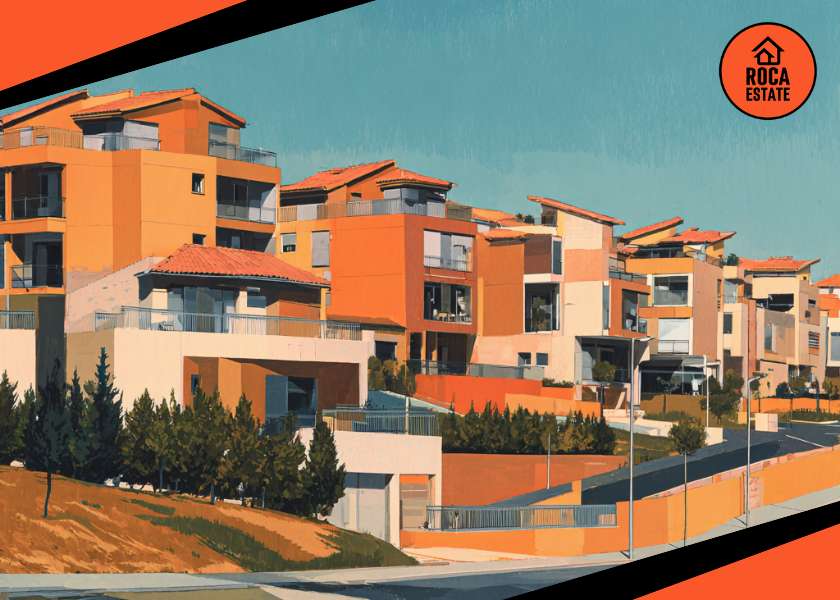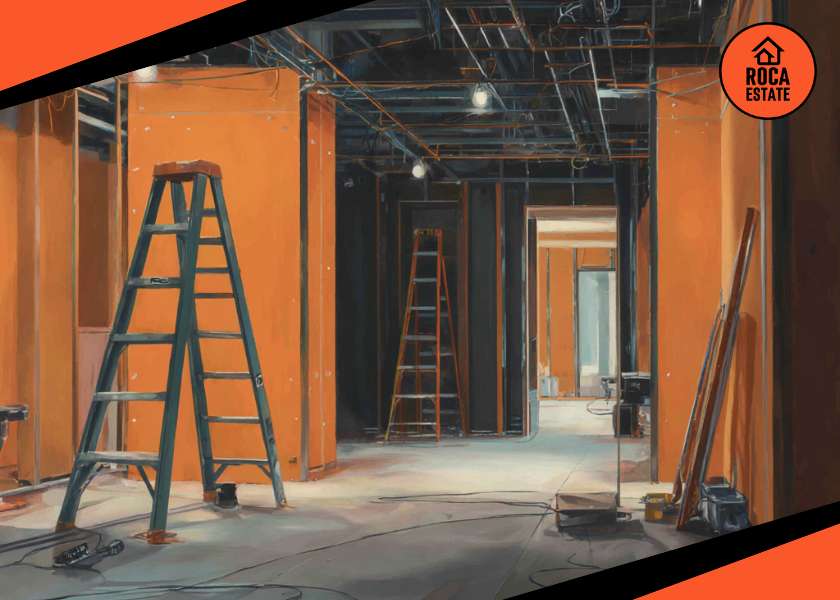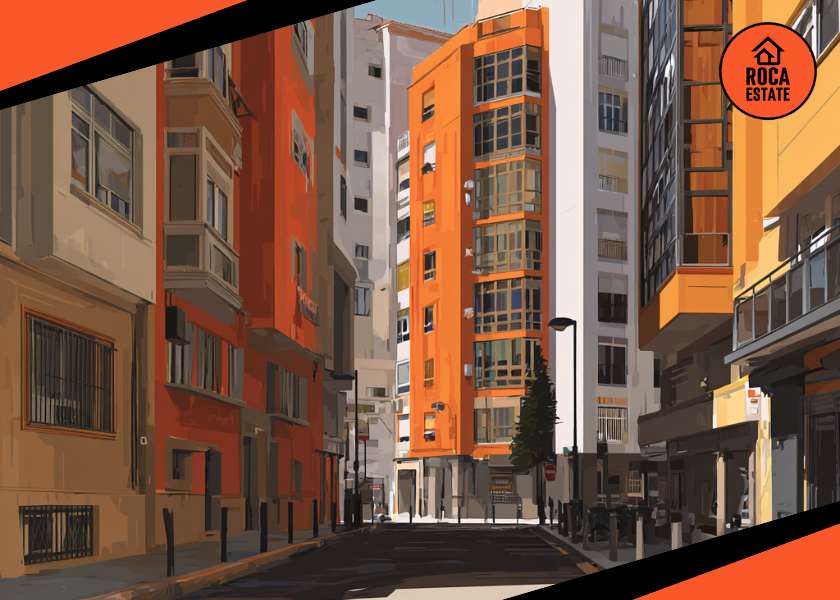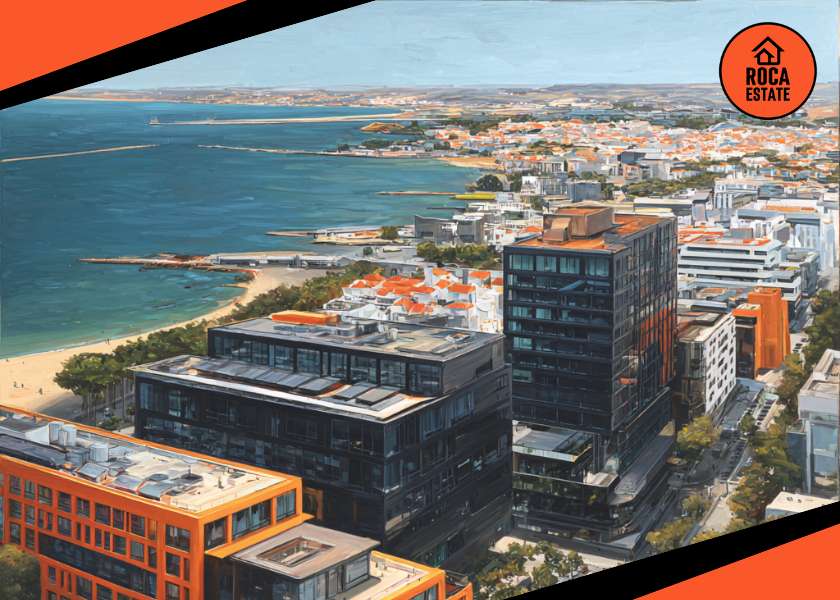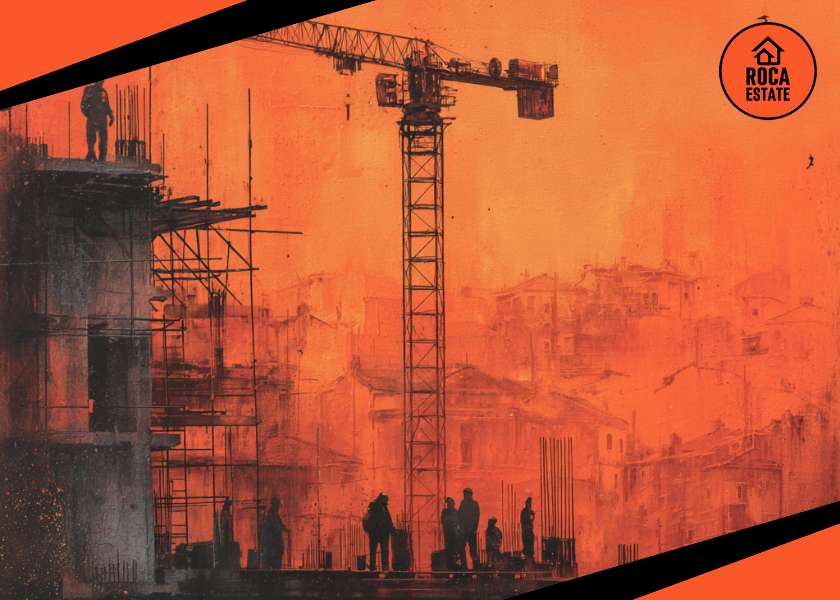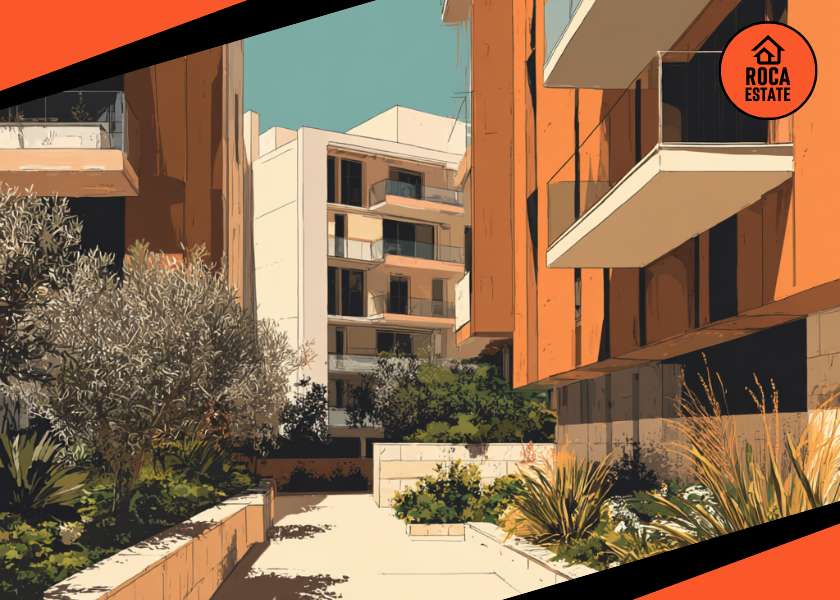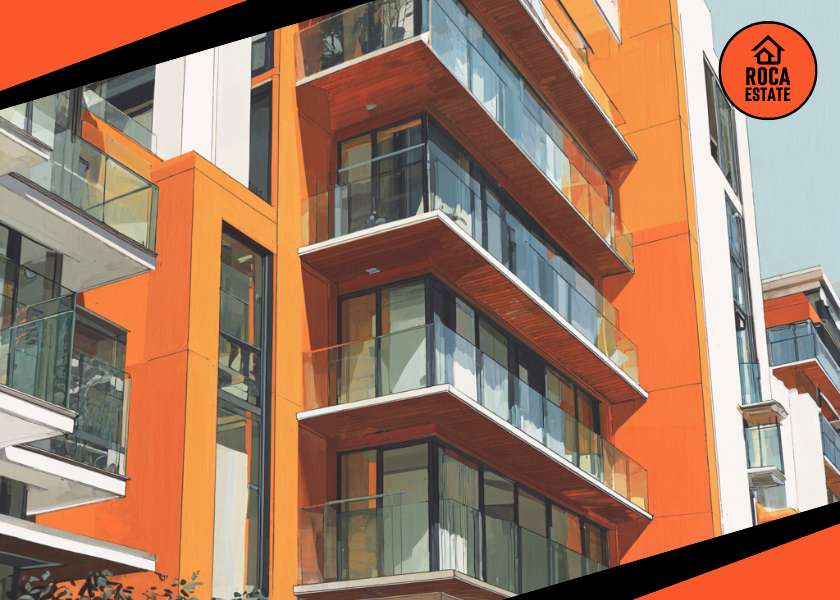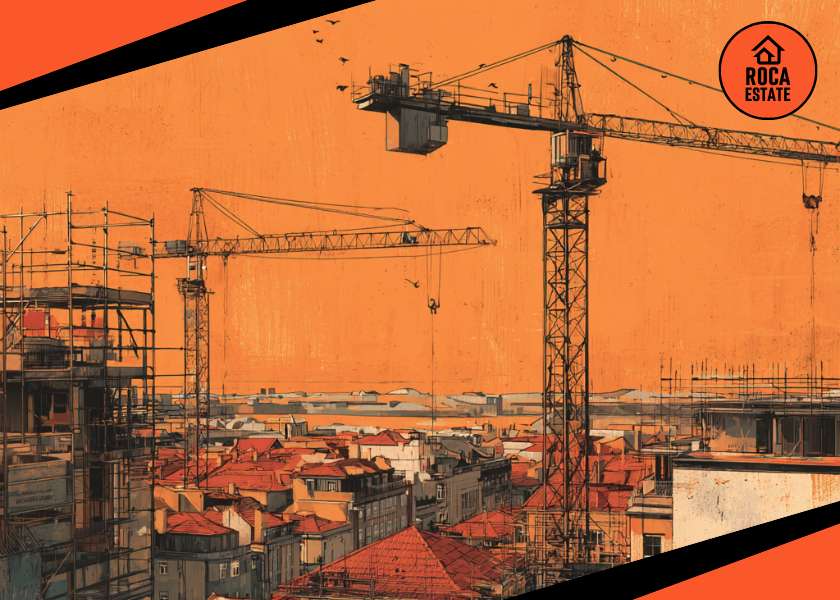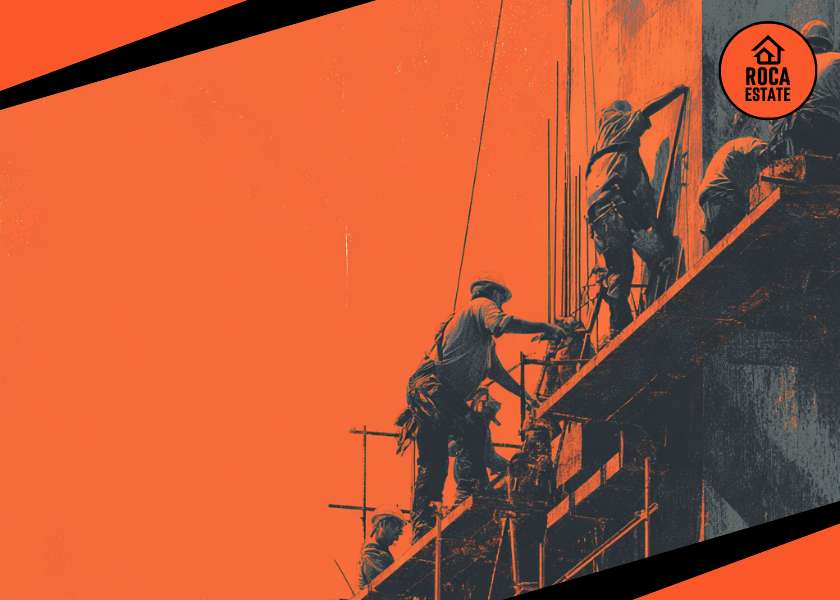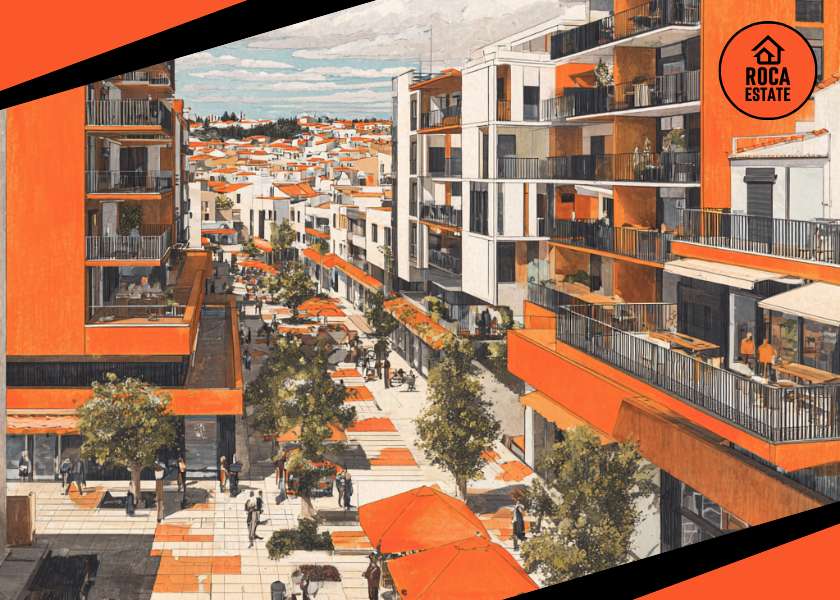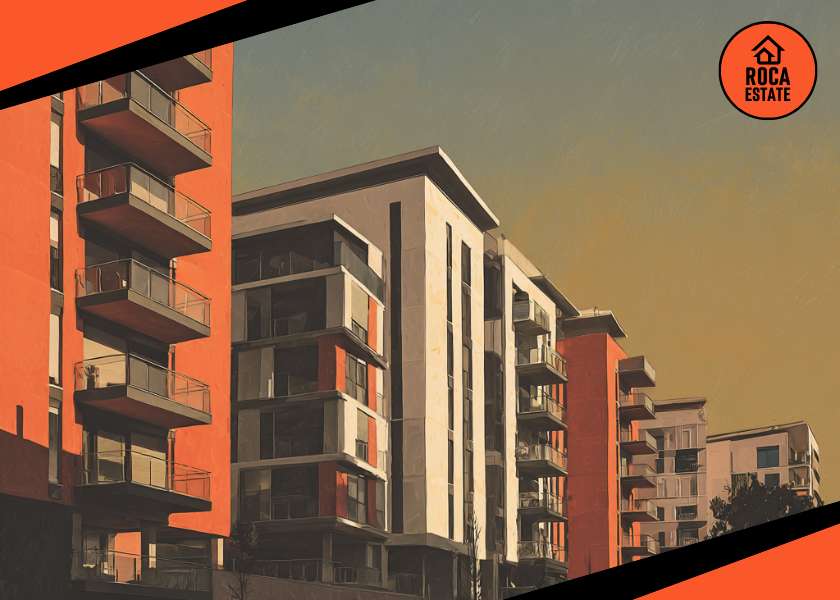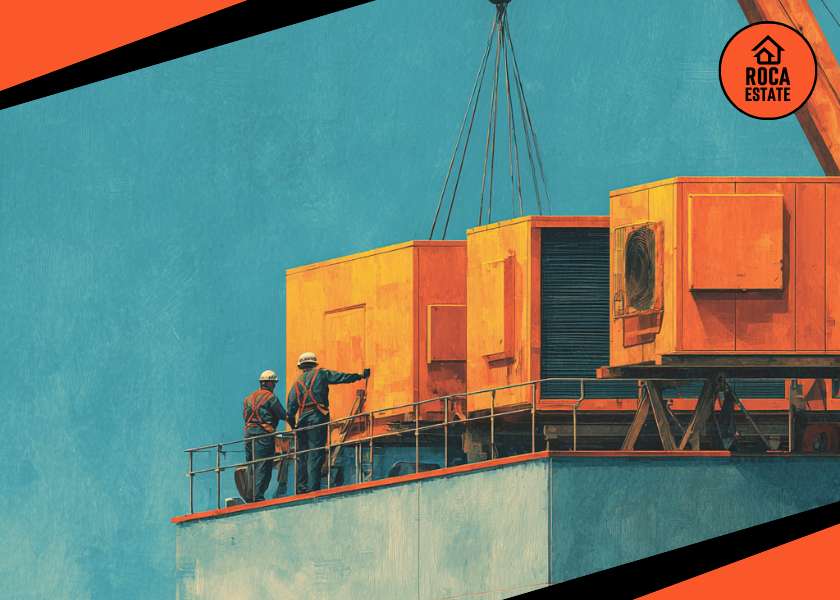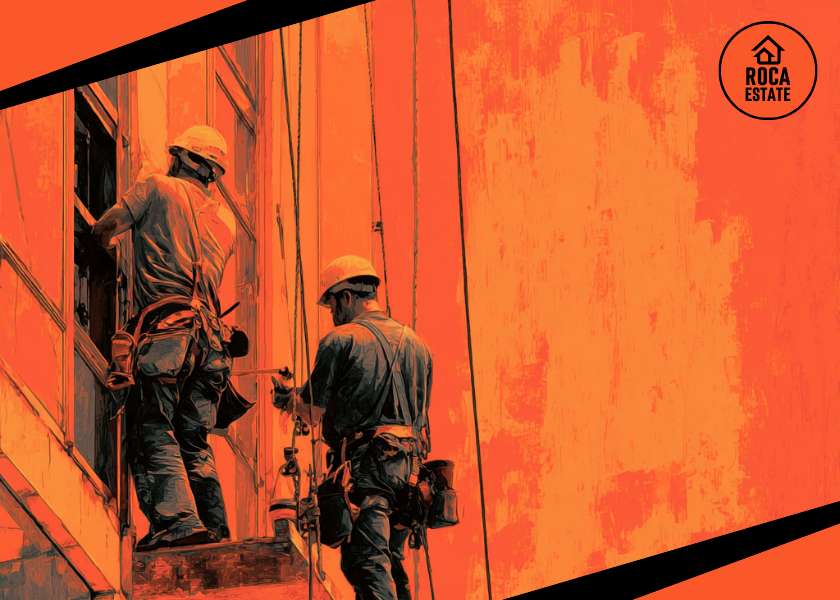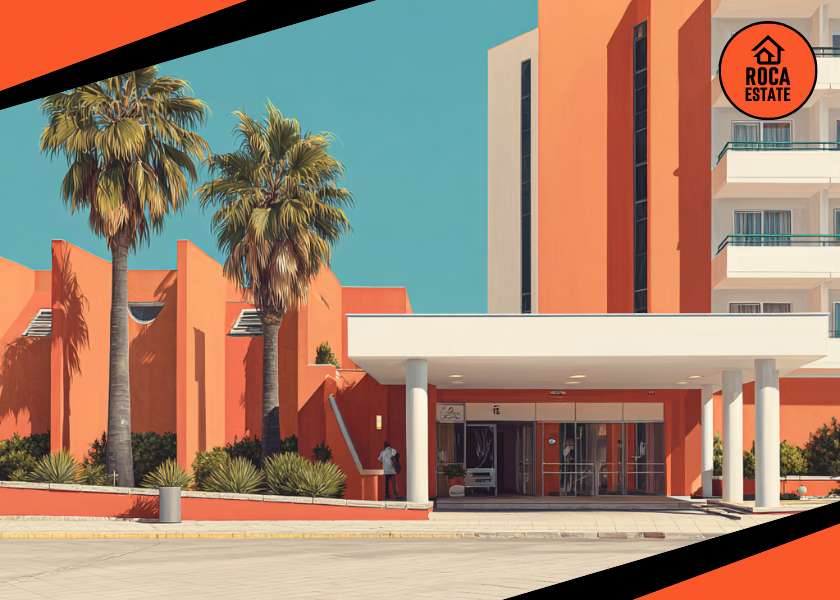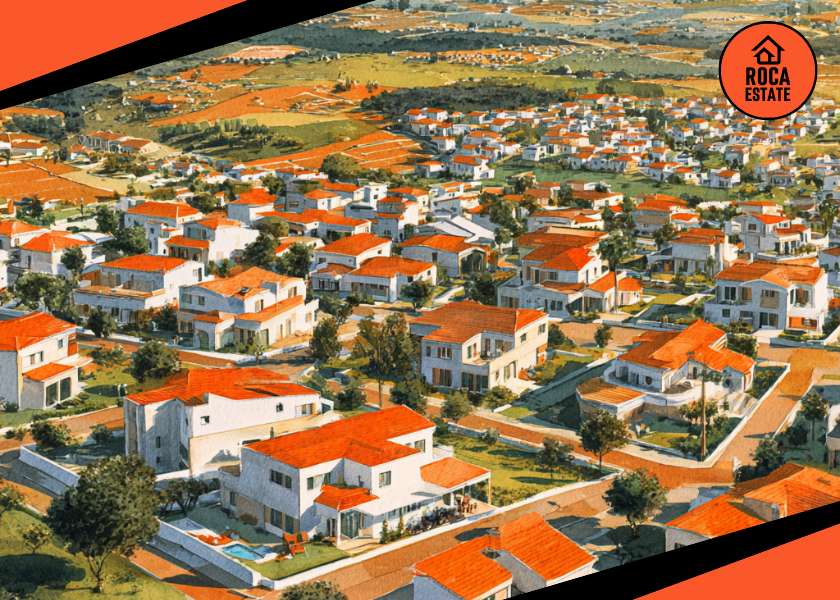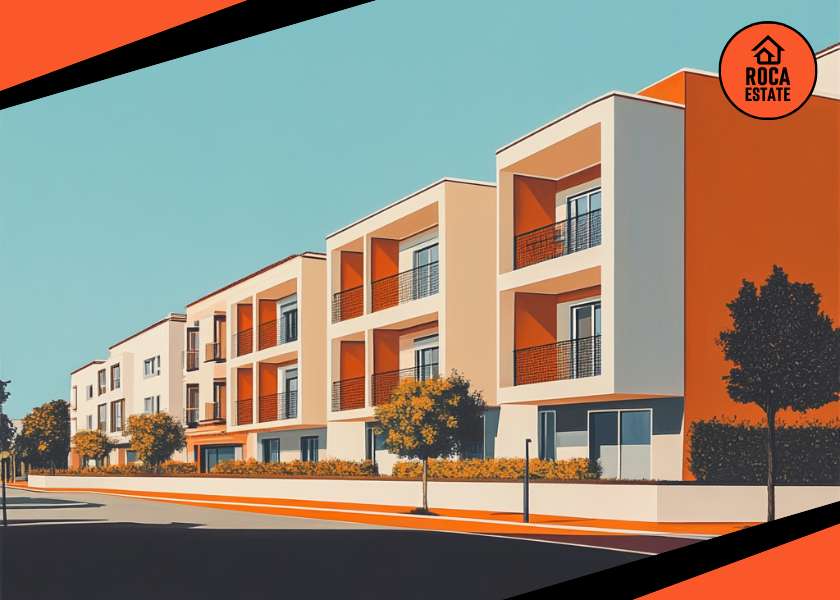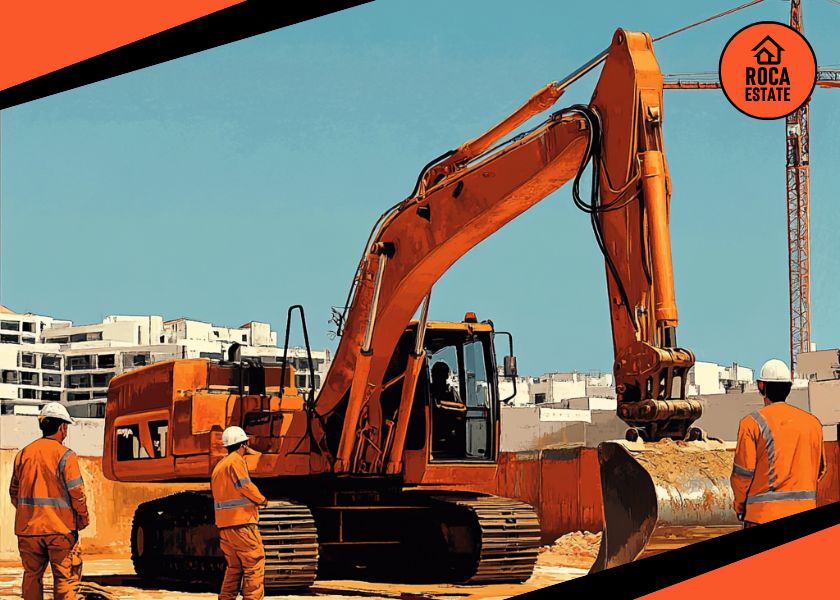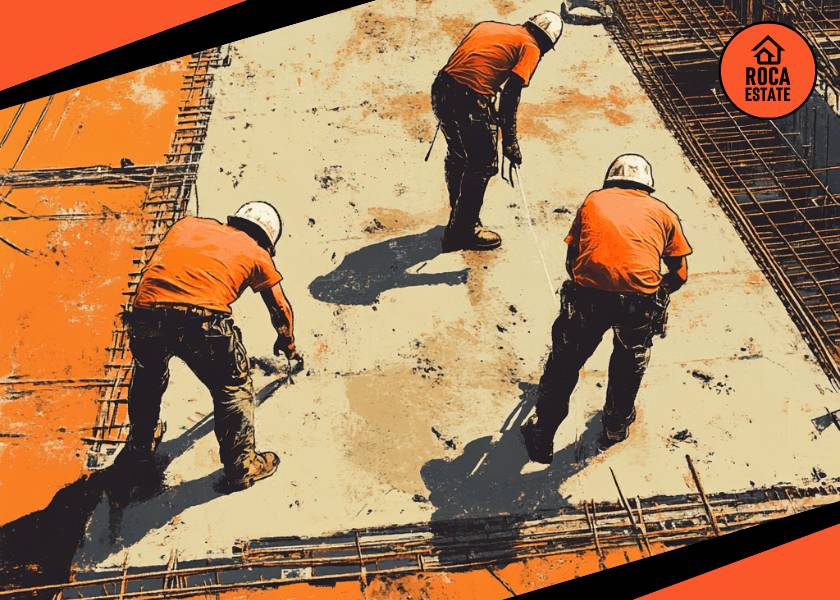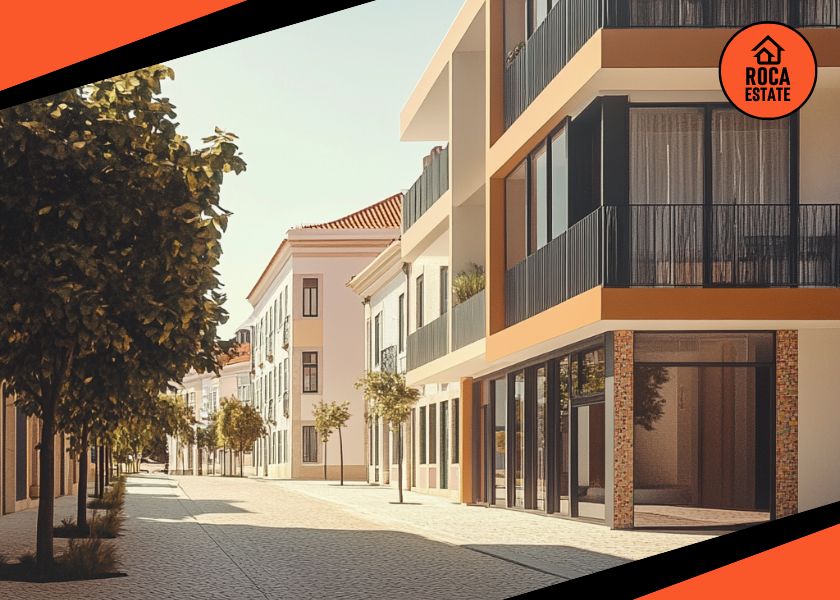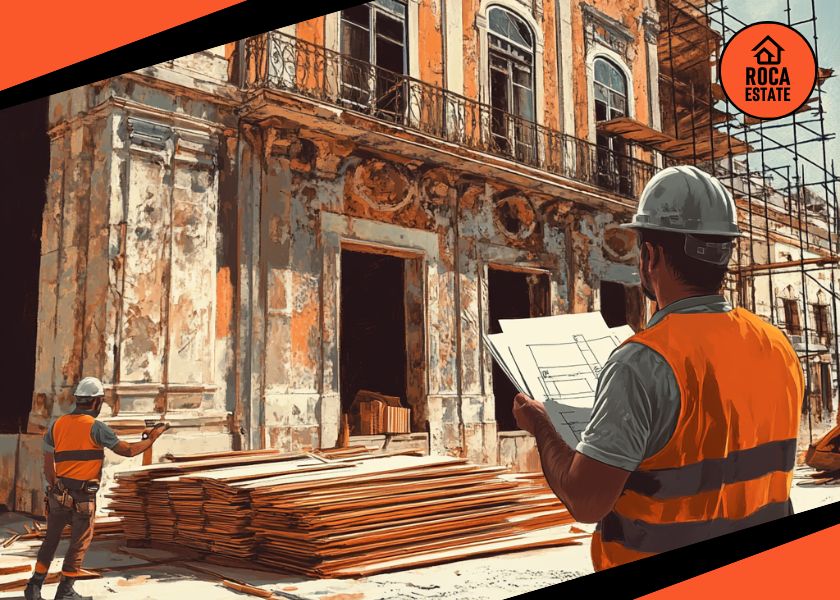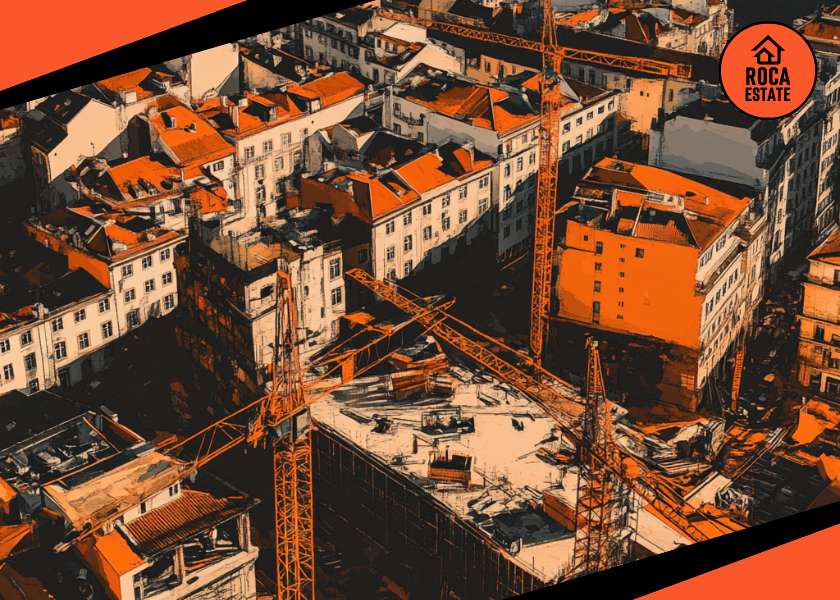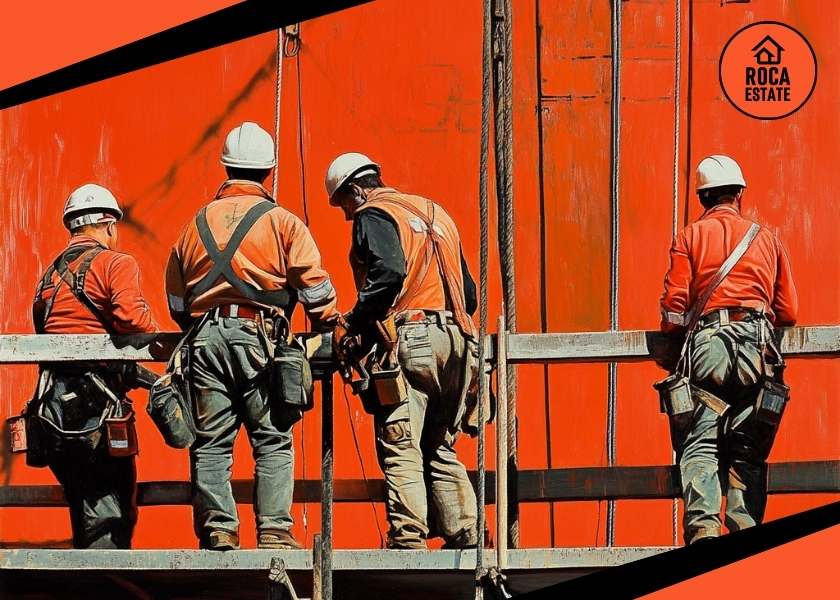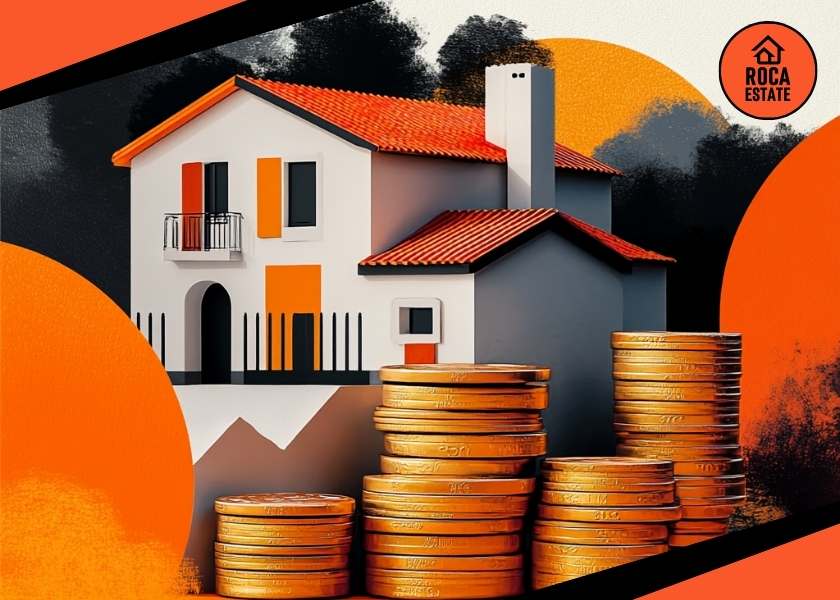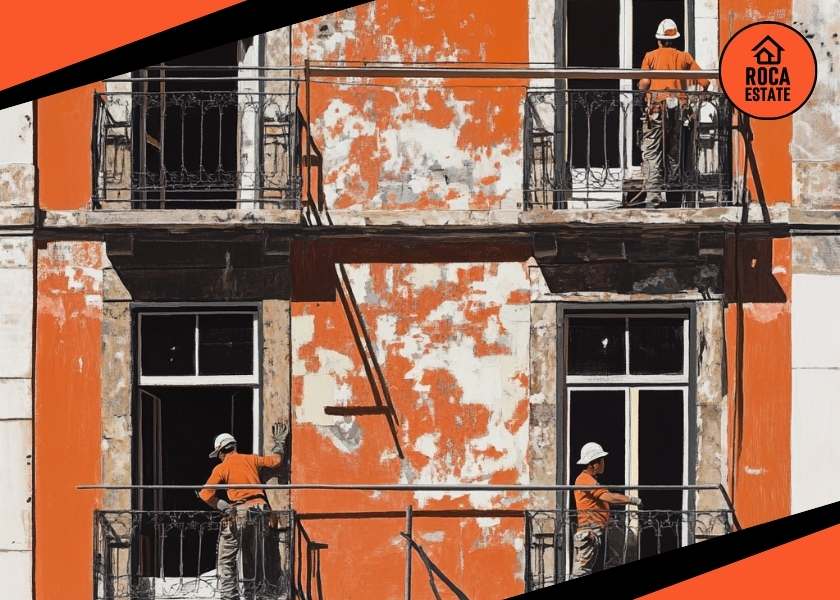In Portugal, construction costs for new housing rose 3.8% in March 2025—an important shift that real estate investors must factor into real estate investments strategy. The latest New Housing Construction Cost Index reveals trends that directly impact project feasibility, budgeting, and return projections.
This monthly index tracks material and labor costs in new residential construction and serves as a critical input for real estate investment planning. As construction inflation resurfaces, particularly through labor costs, investors need to reassess their margin assumptions and pricing models.
This briefing breaks down March’s movements in the ICCHN, highlights what’s driving costs, and outlines strategic takeaways for professionals active in real estate investments across Portugal.
Labor Costs Continue to Drive the Index
For the second month in a row, labor costs rose 7.1% year-over-year, maintaining the highest level of inflation among all construction inputs. This sustained upward movement suggests persistent pressure in Portugal’s construction labor market, likely driven by:
- Wage indexation to inflation
- Skilled labor shortages
- Increased demand for urban residential projects
The labor component contributed 3.2 percentage points to the total ICCHN increase. This figure matters: labor often represents over 40% of total build costs. For real estate investments, particularly in early-stage or labor-intensive projects, this means tighter build margins and potentially longer timelines due to workforce constraints.
Material Prices Resume Growth After Stabilization
Material costs showed a 1.1% year-over-year increase—small compared to labor, but notable given that the same measure was just 0.1% in February and negative for much of 2023.
The report identifies several drivers of this turnaround:
- Glass and insulation materials saw price increases close to 10%, likely reflecting both energy-related cost shifts and improved demand for energy-efficient building envelopes.
- Waterproofing and cladding materials also rose sharply.
- In contrast, wood products, steel sheets, and piping systems registered price declines between 5% and 10%.
This mixed material environment increases the complexity of procurement and budgeting. Investors overseeing multiple developments or budgeting future projects should break out cost forecasts by category, especially where exposure to high-volatility materials is significant.
Month-on-Month Movement Suggests Continued Cost Creep
On a month-over-month basis, the ICCHN rose 0.4% in March 2025—modest in isolation, but higher than February’s 0.2%. Monthly figures can be noisy, but this marks the third consecutive month of positive growth, which reinforces the trend of persistent input inflation.
Breakdown of March’s contribution:
- Labor: +0.6% monthly, contributing 0.3 percentage points
- Materials: +0.3% monthly, contributing 0.1 percentage points
This continued climb increases pressure on project-level pro formas, particularly those that were modeled with assumptions of cost stability or a late-2024 correction that didn’t materialize.
Strategic Considerations for Real Estate Investors
Real estate investors navigating the Portuguese market should take a structured approach in response to the March ICCHN results:
1. Review and Recalibrate Cost Assumptions
Development budgets based on mid-2023 or earlier forecasts may now be underestimating total costs. Labor rates in particular are materially higher than one year ago, and that trend may continue given the steady monthly increases.
2. Incorporate Escalation Clauses
Contracts with fixed pricing may expose investors to margin erosion. Where possible, include or renegotiate contracts to reflect index-linked cost adjustments, especially for long-duration builds.
3. Assess Location-Based Sensitivity
Projects in Lisbon, Porto, and other urban centers may be more exposed to labor cost increases due to higher demand density. Investors may want to segment risk by location and labor dependency in their real estate investments strategy.
4. Stress-Test Project Feasibility
Apply conservative inflation scenarios—5–7% overall—to feasibility models to assess impact on IRR, contingency reserves, and exit assumptions. Consider adjusting return expectations or timelines accordingly.
What to Watch Ahead of the Next Report
With the next ICCHN release scheduled for June 9, 2025, here are three metrics worth tracking closely:
- Labor Cost Growth: Will 7%+ increases persist? If so, wage pressures may start affecting build-out velocity.
- Material Trends: If materials continue rising, especially key imports like insulation and finishes, project input volatility could spike.
- Financing Conditions: As construction costs rise, so does capital risk. Watch ECB rate guidance and local lending conditions to assess leverage assumptions.
Conclusion: Tactical Discipline Is Critical in a Rising Cost Environment
The March 2025 ICCHN data confirms that construction inflation is far from over. For those actively managing or planning real estate investments in Portugal, the clear signal is caution, combined with proactive cost control and capital planning. While the Portuguese market remains strong in terms of demand and fundamentals, rising input costs will continue to shape which projects deliver returns and which stall under pressure.
Strategic investors will take these cost shifts seriously, factoring them into bids, build plans, and financing structures with the long game in mind.

